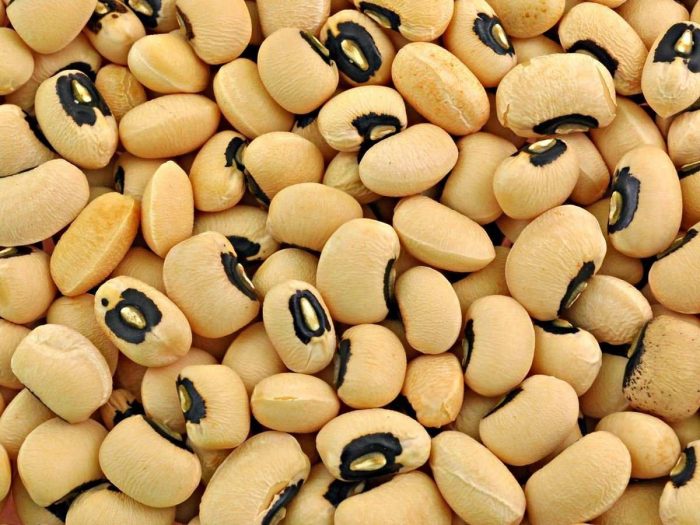Traditional Extremadura recipes with legumes
White beans with chorizo
Alubias con chorizo
500g dried white beans (preferably the type ''planchada")
1 whole head of garlic
1 medium onion
1 green Italian pepper
1 ts de Pimenton de la Vera Dulce
1/2 cup olive oil
3 fresh chorizo sausages, without skin, diced
Method
1. Soak the beans with lots of water at least overnight.
2. The next day, bring the beans with the water to a boil. As soon as the water boils, take from the fire and remove the water.
3. Add new cold water to the beans and add the garlic head, the whole onion, the whole Italian pepper, the olive oil, pimenton and chorizo. Make sure the beans are under water and bring everything to boil. Cook until the beans are tender (this depends on the age of the beans, the older they are, the longer the cooking time).
4. Take from the fire, stir the dish well and season with salt and pepper is desired.
5. Serve the dish hot with bread on the side.
Lentils de Extremadura
Ingredients
500 g lentils (brown)
1 head garlic
1-2 bay leaves
12 black pepper grains
1 onion, diced
1 chorizo picante, cut in slices of 1/2 cm
3 carrots, sliced
6 tblsp olive oil
1 can of "tomate troceado"
1/2 ts pimenton de la vera, dulce
1 glass white wine
Method
1. Cover the lentils with water and leave to soak overnight.
2. Remove the water and add fresh water, together with the garlic, bay leaves, pepper and carrots. Cook for 45 min, until lentils are soft and tender.
3. In a frying pan, heat the olive oil and add onion and chorizo. Fry until the onion is tender. Add the tomate troceado and leave to simmer for 10 minutes. Add the pimenton and the wine, and stir well.
4. Add the tomato mixture to the lentils and leave to simmer for about 10 minutes.
5. Season with pepper and salt if desired and serve with fresh local bread.
Black-eyed beans with bacon and sausage
Potaje de Alubias Carillas
Ingredients
350g dried black-eyed beans
 4 spring onions
4 spring onions3-4 cloves of garlic
a piece of pumpkin, diced
1 small leek, in rings
1/4 red Italian pepper
1 bay leaf
2 tbsp tomato frito (brick)
2 small sausage Morcilla Iberica, each cut in half
4 thick slices of salted pancetta
2 potatoes, peeled and diced
olive oil
salt
Method
1. Soak the beans overnight in sufficient water. The next day, drain the beans and set aside.
2. In a deep frying pan, heat some olive oil and add the garlic (whole cloves), onions, Italian pepper and bay leaf. After approx. 7 minutes, add the leek and the bacon. Stir fry until the bacon browns a bit and add the tomato frito. Stir fry again for a few minutes.
3. Add the beans and enough water to cover the beans and other ingredients. Bring to a boil and cook 45 min. or until the beans are soft and tender.
4. Add the pumpkin and potato and simmer another 20-30 minutes until the vegetables are tender. Add the morcilla and simmer for 5 minutes more.
5. Season with salt and pepper to taste
6. Serve with fresh bread.













